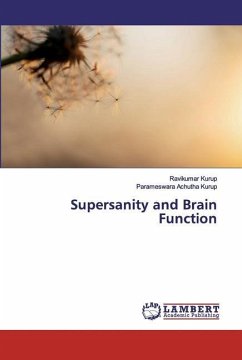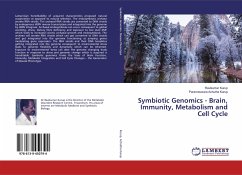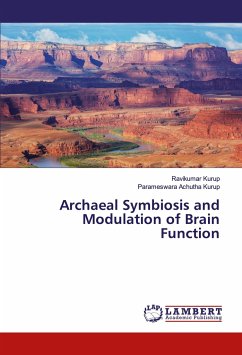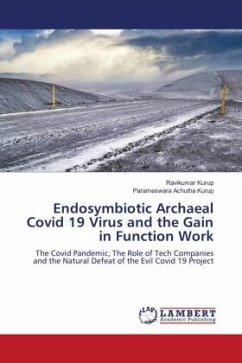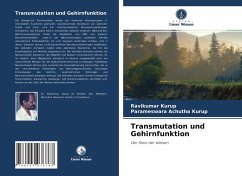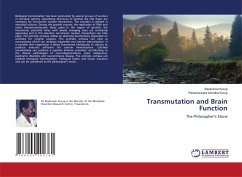
Transmutation and Brain Function
The Philosopher's Stone
Versandkostenfrei!
Versandfertig in 6-10 Tagen
27,99 €
inkl. MwSt.

PAYBACK Punkte
14 °P sammeln!
Biological transmutation has been postulated by several groups of workers in microbial systems. Quantizing structures of optimal size and shape are necessary for non-barrier nuclear interactions. The situation is realized in microbial cultures. During the growth process, the replication of DNA and other biomacromolecules takes place. In the region of growth, the interatomic potential holes with slowly changing sizes are constantly appearing and in this situation non-barrier nuclear interactions can take place. The actinidic archaea utilizes an alternate biochemistry depended on actinides for e...
Biological transmutation has been postulated by several groups of workers in microbial systems. Quantizing structures of optimal size and shape are necessary for non-barrier nuclear interactions. The situation is realized in microbial cultures. During the growth process, the replication of DNA and other biomacromolecules takes place. In the region of growth, the interatomic potential holes with slowly changing sizes are constantly appearing and in this situation non-barrier nuclear interactions can take place. The actinidic archaea utilizes an alternate biochemistry depended on actinides for enzyme catalysis. The actinidic archaea can exist as nanoarchaea which can undergo magnetite and calcium mineralization. It is possible that magnesium is being transmuted biologically to calcium to produce amounts sufficient for calcium mineralization. Calcified nanoarchaea can produce a systemic immune activation contributing to the diverse pathologies of neurodegenerations, brain malignancy, psychiatric disorders and neuroimmune disease. The actinidic archaea can mediate biological transmutation, biological fission and fusion reactions and can be considered as the philosopher's stone.




